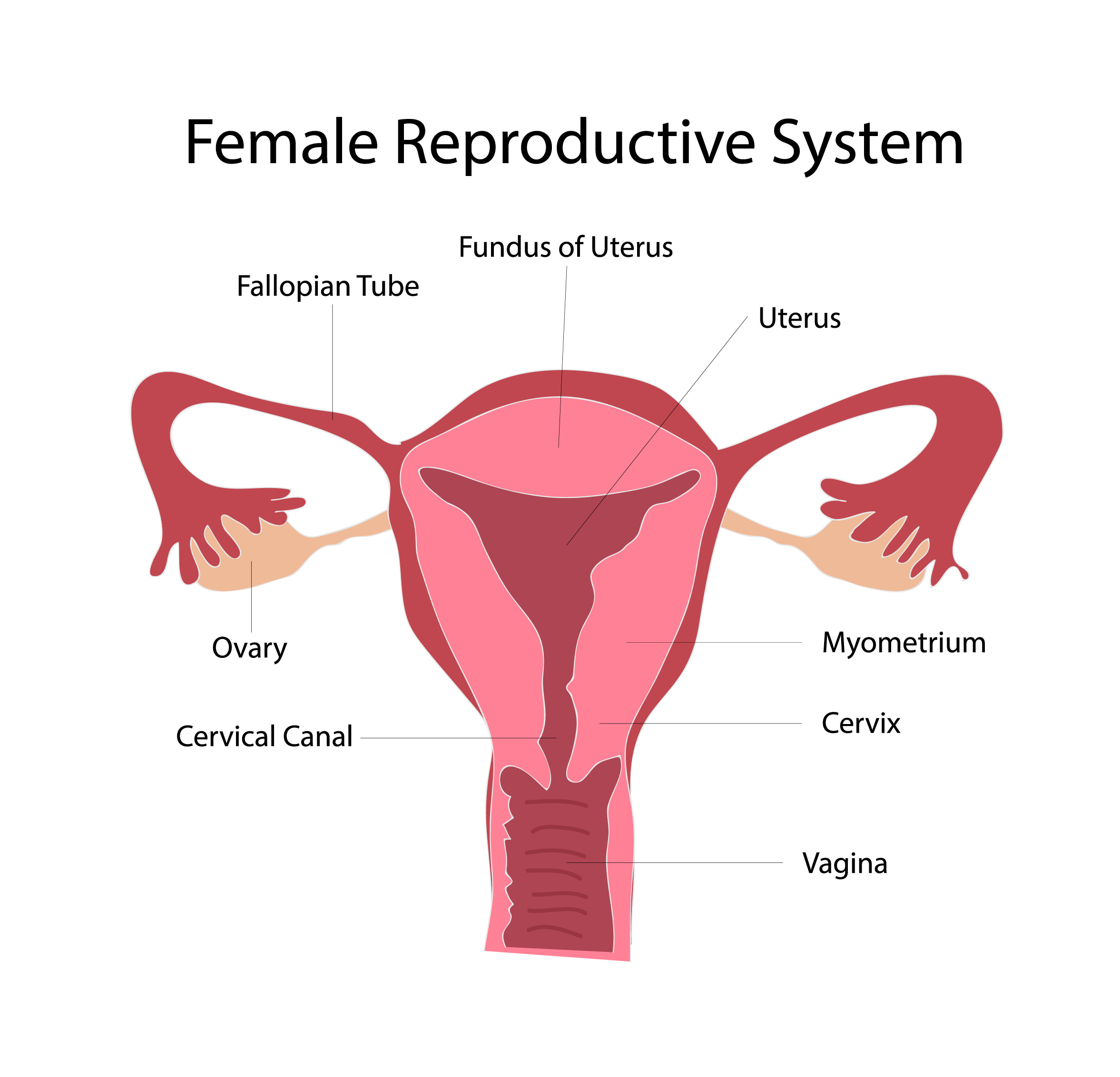Oophorectomy
Every woman has two ovaries, one on the left side of the uterus and one on the right. Each ovary is an irregular almond shaped white organ about 3 cm in diameter. The ovaries contain all the eggs, the female reproductive cells, roughly half each.
An oophorectomy is a surgical procedure to remove one (unilateral) or both (bilateral) ovaries.
Similarly to removing the uterus or any other organ, the main vessels providing blood supply to the ovary are secured using a suture or diathermy energy and the organ is then removed. From a technical point of view, an oophorectomy is a fairly simple surgical procedure as the ovaries are relatively easy to access.
An oophorectomy can be performed using a laparotomy (open cut) or laparoscopy (keyhole surgery). Laparotomy may be required when cancer is suspected or previously confirmed. In all other instances a laparoscopic oophorectomy is the preferred option.
An oophorectomy may be necessary in the following situations:
Ovarian cancer
Benign (non cancerous) ovarian tumours or cysts
Infection – some infections can cause an ovarian abscess, a large pocket or cyst filled with pus.
Ovarian torsion — sometimes the ovary twists and the ovarian artery gets blocked causing ovarian necrosis.
Cancer risk reduction. This may be considered in women who have a high genetic risk of ovarian or breast cancer.
In addition to holding the eggs, the ovaries are also responsible for the production of the female hormones oestrogen and progesterone. This hormone production usually stops between three and five years after a woman reaches her menopause (last menstrual period). In women who have reached this period in life, removing the ovaries is not a concerning event.
In young women, on the other hand, the ovaries are much more important. If a young woman loses both ovaries, the consequences are not being able to fall pregnant and reaching a premature state of menopause. For this reason, unless one is dealing with cancer, an oophorectomy in pre-menopausal women should be the last resort.
Not all oophorectomies are the same. A laparoscopic oophorectomy for cancer risk reduction when the ovaries have normal size and normal anatomy is usually very straightforward. In the case of ovarian cancer, ovarian abscess or ovarian necrosis after torsion, the procedure can be much more complicated.
